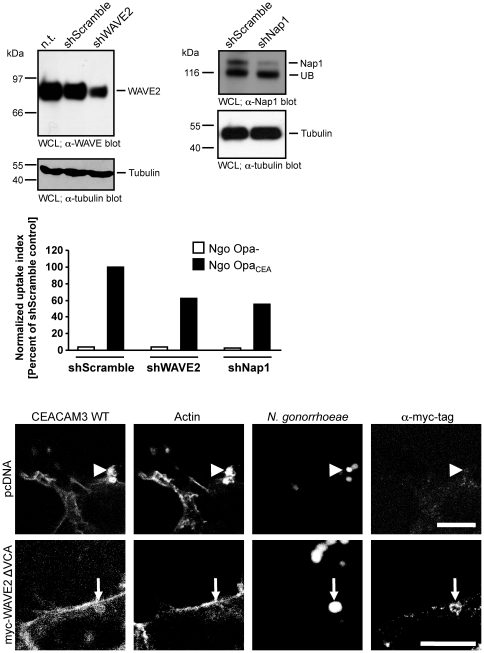Figure 9. Knock-down of WAVE complex components interferes with CEACAM3-mediated uptake of bacteria.
(A) 293 cells were transduced with lentiviral particles encoding shRNAs directed against WAVE2 or Nap1 or encoding a non-targeting shRNA (shScramble). Whole cell lysates (WCL) of the knock-down cells were analysed by Western blotting with antibodies against WAVE, Nap1 or tubulin. UB – unspecific band observed with the Nap1 antibody. (B) The indicated knock-down cells were infected with fluorescein-labelled non-opaque or OpaCEA-expressing gonococci for 1 h and internalization of bacteria was analysed by flow cytometry. Shown is a representative experiment repeated two times with similar results. (C) 293 cells were co-transfected with CEACAM3 WT-GFP together with myc-WAVE2 ΔVCA or the empty vector (pcDNA). Cells were infected for 30 min with PacificBlue-labelled OpaCEA-expressing N. gonorrhoeae (blue). After fixation, WAVE2 was stained with anti-myc antibodies and phalloidin-AlexaFluor546 was used to visualize f-actin. Samples were analysed by confocal laser scanning microscopy. In the absence of WAVE2 ΔVCA, CEACAM3-binding bacteria induce local accumulation of f-actin (arrowheads), whereas WAVE2 ΔVCA recruited to bacteria-engaged CEACAM3 suppresses local f-actin accumulation (small arrows). Bars indicate 10 µm.

